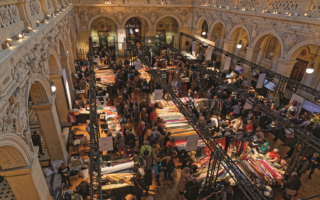Beyond Royalty: Exploring Chantilly’s Enchanting Château and Magnificent Stables
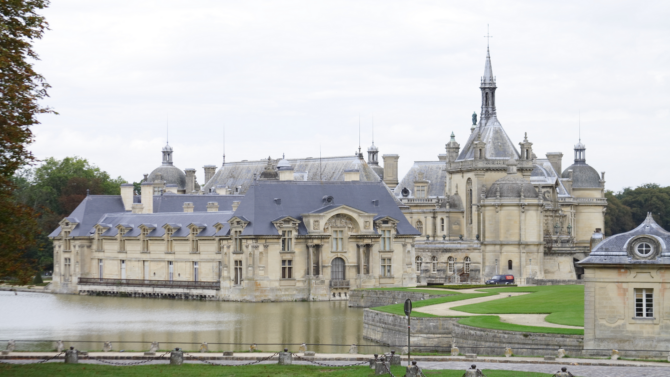
Embark on a remarkable journey as Jane Keightley uncovers the threads of history and prestige woven into the fabric of a regal town. At the heart of this captivating destination stands a 16th-century château, a testament to a bygone era of opulence and grandeur. Join Jane as she immerses herself in the architectural marvels, art treasures, and the legacy of Europe’s largest stables, all nestled within the regal embrace of this remarkable town.
I first heard of Chantilly in the rock and roll song Chantilly Lace by The Big Bopper many years ago. But now, as I head towards this elegant and historic town not far from Paris, I know it is not just famous for its black lace. As well as having a château that is one of the most beautiful in France, it is also well known for its horse racing and delicious Chantilly cream.
Tale of Two Castles
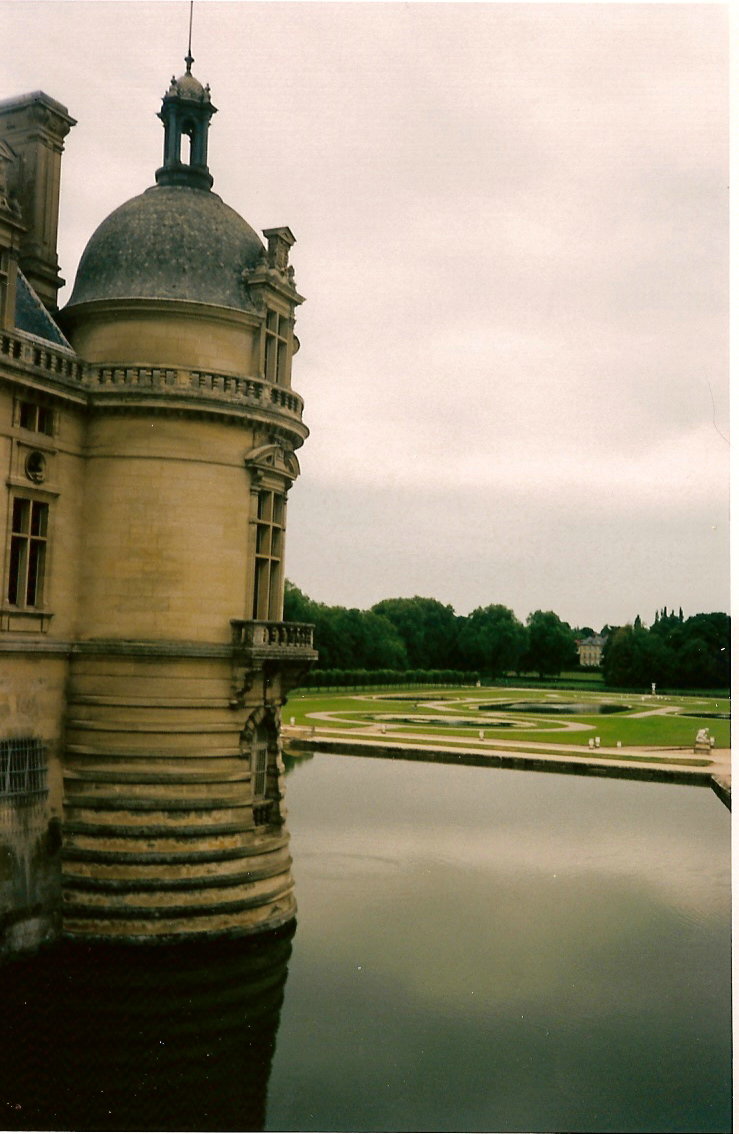
skins- Wikimedia Commons
I decide to spend the whole of my first day at the Domaine de Chantilly as there is so much to see. The château itself is made up of two attached buildings. The first, known as the Petit Château, was built around 1560 for the French nobleman, Anne, the Duke of Montmorency. The second, the Grand Château, was largely destroyed during the French Revolution and reconstructed by architect Honoré Daumet for Henri d’Orléans, Duke of Aumale in the 19th century. Nowadays this grand estate is home to several museums, a spectacular garden and the largest horse stables in Europe.
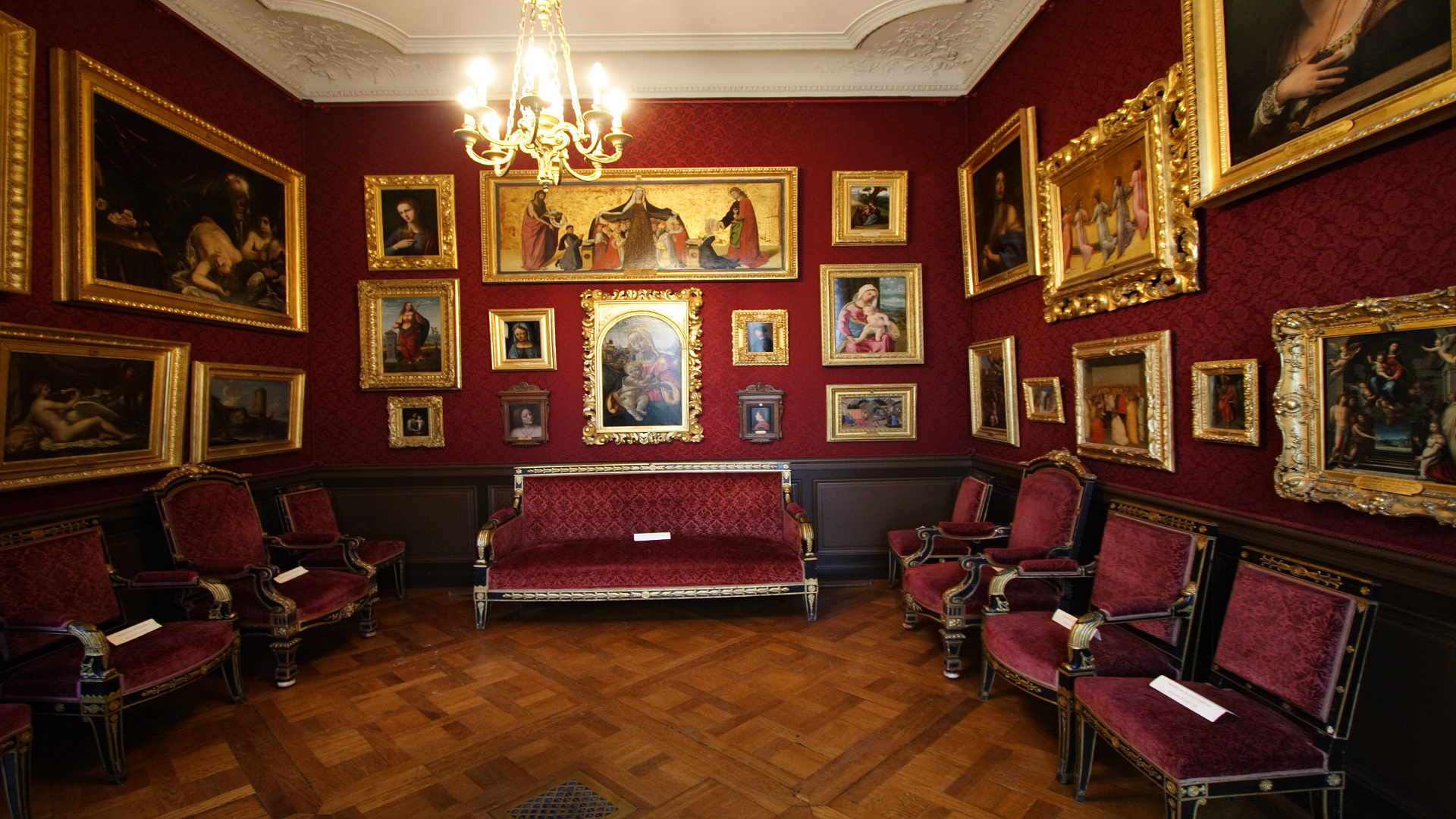
ignis- Wikimedia Commons
Being a real art lover, I head off first to the Musée Condé inside the château, which is one of the best art collections in France. Designed in the 19th century by Henri d’Orleans, Duke of Aumale, the layout of the paintings remains unchanged since he hung them. The Duke donated the château to the Institut de France on the condition that the exhibits were not reorganised and would remain open to the public. I thoroughly enjoy wandering around this wonderful collection and my favourite painting is the one by Piero di Cosimo of Simonetta Vespucci, who modelled for the Birth of Venus by Botticelli.
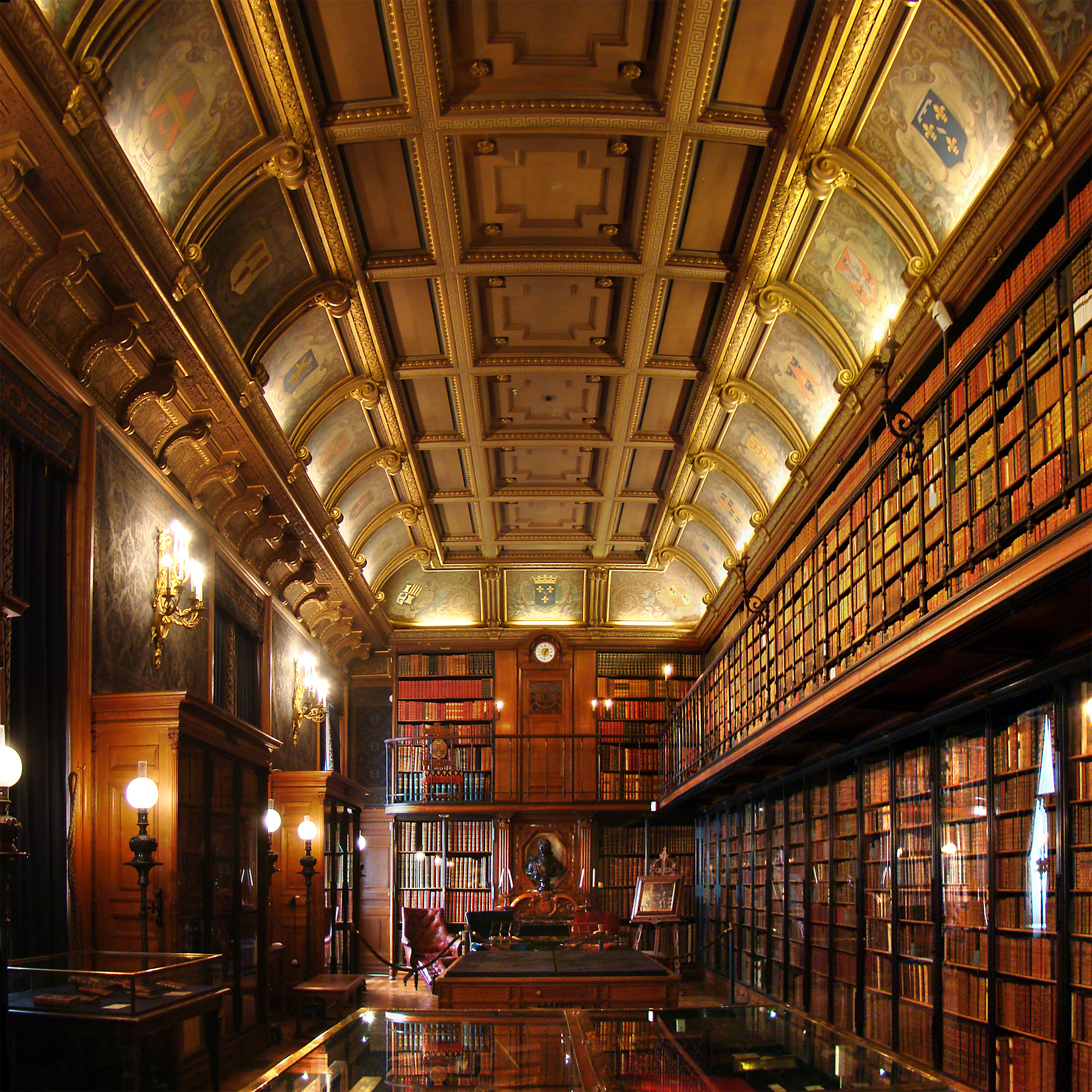
Tango7174- Wikimedia Commons
Next port of call is the Cabinet des Livres which holds 700 manuscripts and 30,000 volumes, including a Gutenberg Bible and the Très Riches Heures du Duc de Berry. As an ardent bibliophile I feel like I have died and gone to heaven.
After this I get to look around the private apartments of the Duke and Duchess of Aumale, which gives me a fascinating insight into their private lives. This is only done as a guided tour and has to be booked in advance.
Gardener’s World
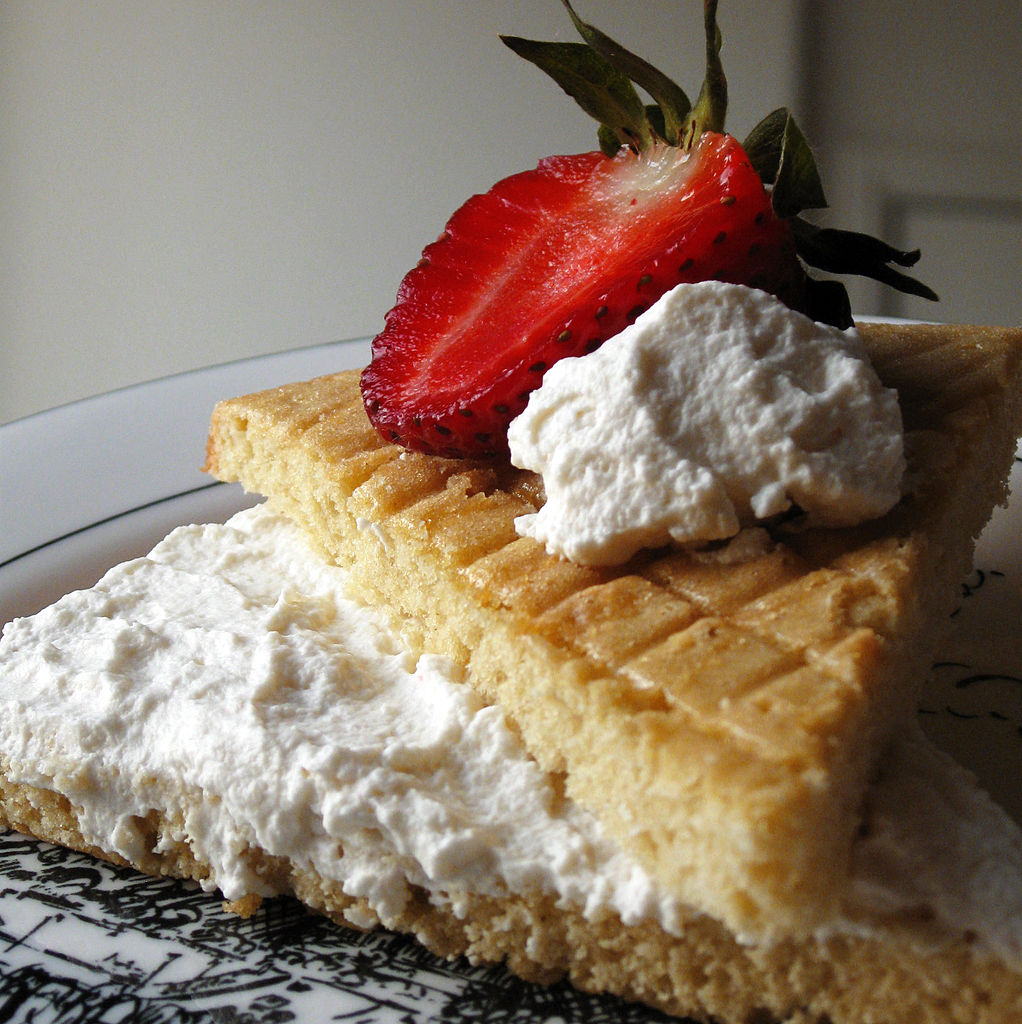
Roxanna Salceda – Wikimedia Commons
Much as I have enjoyed a morning of wonderful art and culture my tummy is rumbling and I decide to visit the restaurant La Capitainerie which is situated in the old kitchens of the château. My meal is wonderful but the highlight is getting to try some Chantilly cream with my dessert – my goodness, it is so good!
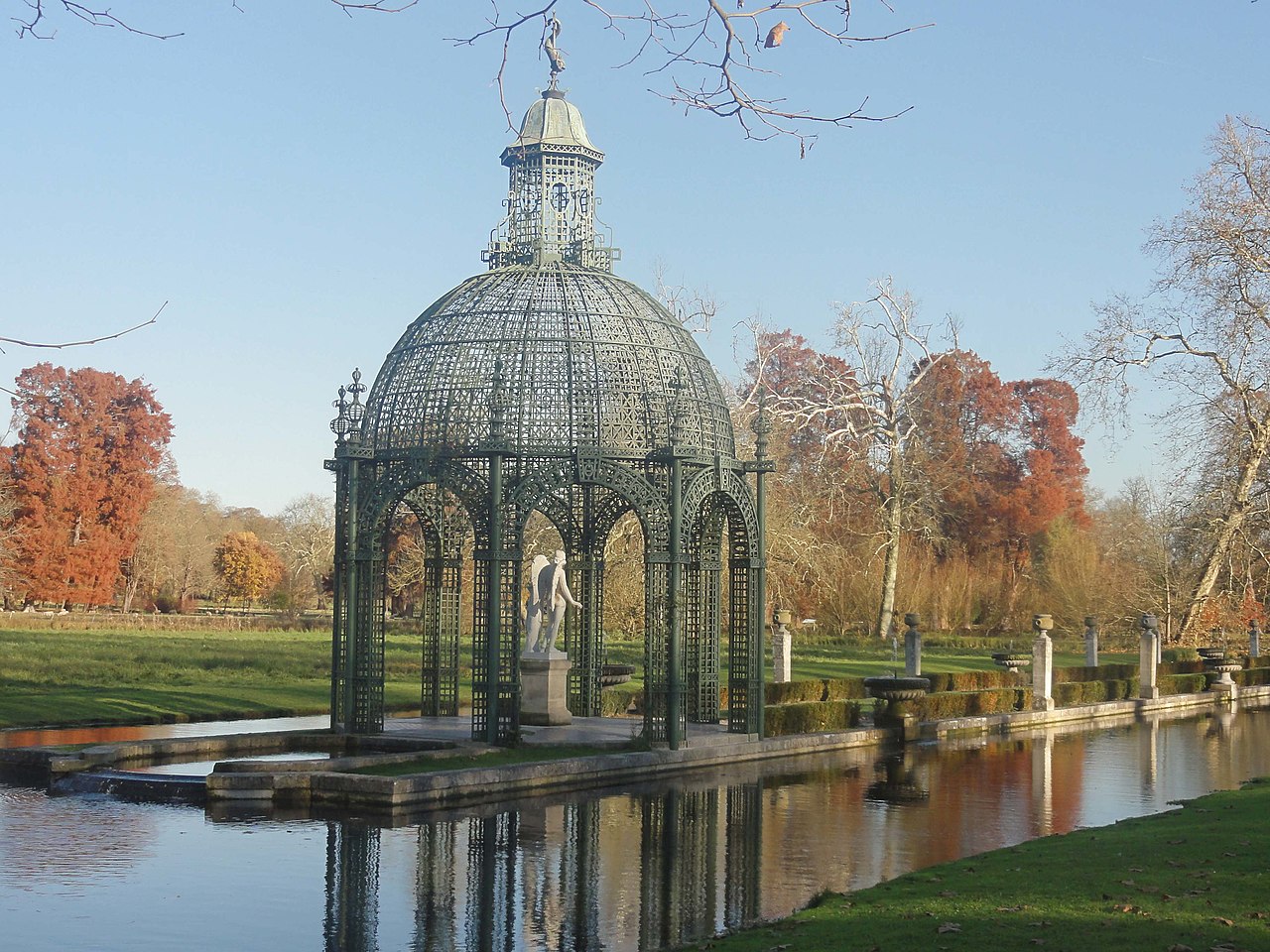
Pierre Poschadel- Wikimedia Commons
Feeling full, I need to relax for a bit so I sit on the steps that overlook the huge lakes and beautiful gardens and soak up the sun. In front of me is the Jardin Français which was laid out in the mid-17th century north east of the château. The wilder Jardin Anglais lies to the west and the to the east lies the rustic Jardin Anglo-Chinois. This Anglo- Chinese garden surrounds the Hameau, a mock village dating from 1774, whose mill and half-timbered buildings inspired the Hameau de la Reine at Versailles. This is where the divine crème Chantilly was invented.
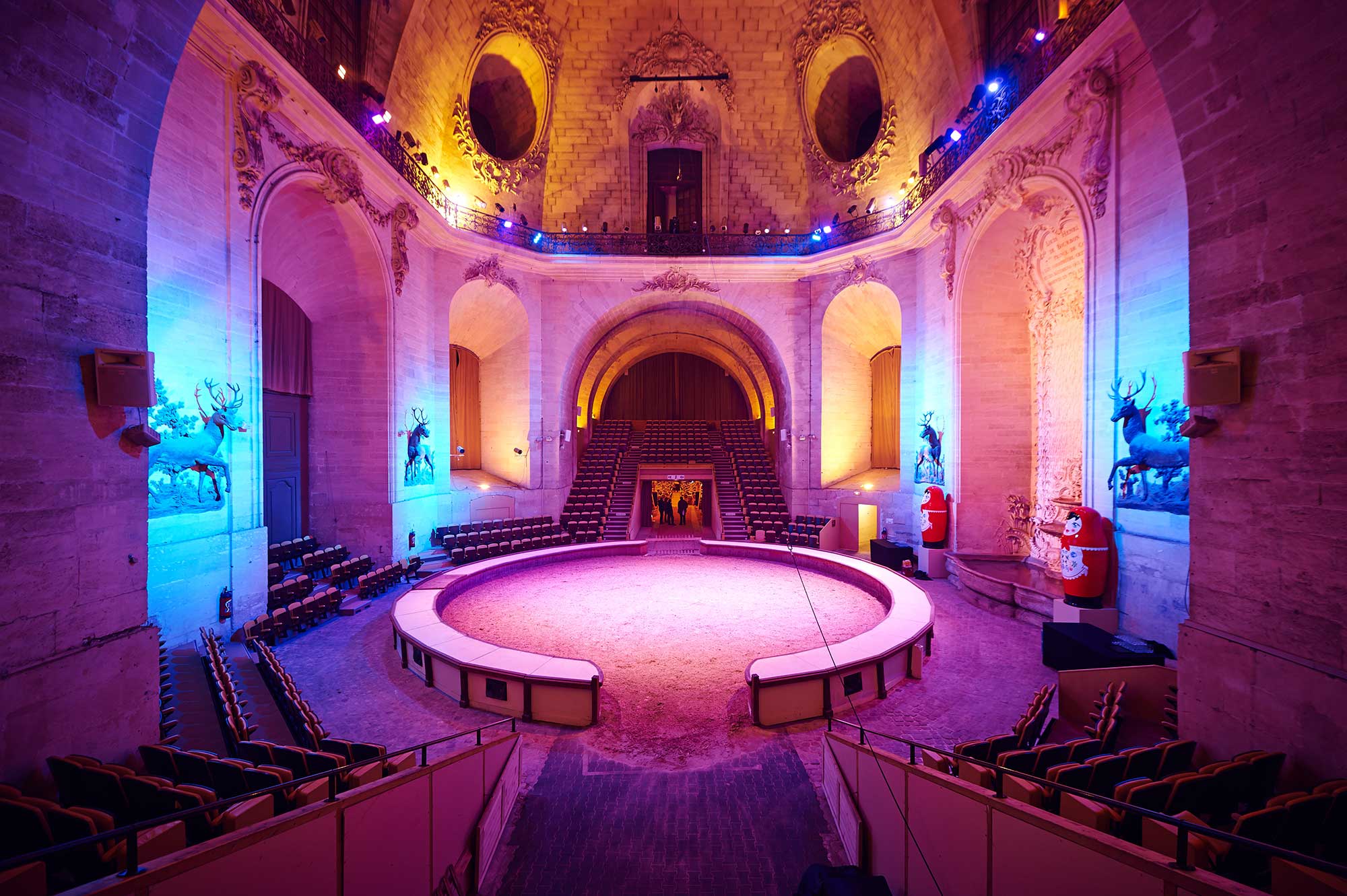
David Plas- chateaudechantilly
Fully relaxed now, I decide I want to explore the grand building that I had passed on my way to the château and I head back the way I had come. It’s hard to believe that it is home to the stables. The Grandes Écuries, built between 1719 and 1740 to house 240 horses and 400 dogs, stand west of the château near Chantilly’s famous racecourse. The stables contain the Musée Vivant du Cheval and displays include riding equipment and rocking horses. While I am here I decide to watch the half-hour equestrian show and am blown away by the skill of the horses and riders. I am amazed by the luxurious wooden stalls that the pampered equines live in and I find out that they were built by Louis-Henri de Bourbon, the seventh Prince de Condé who was convinced he was going to be reincarnated as a horse!
Lace Base
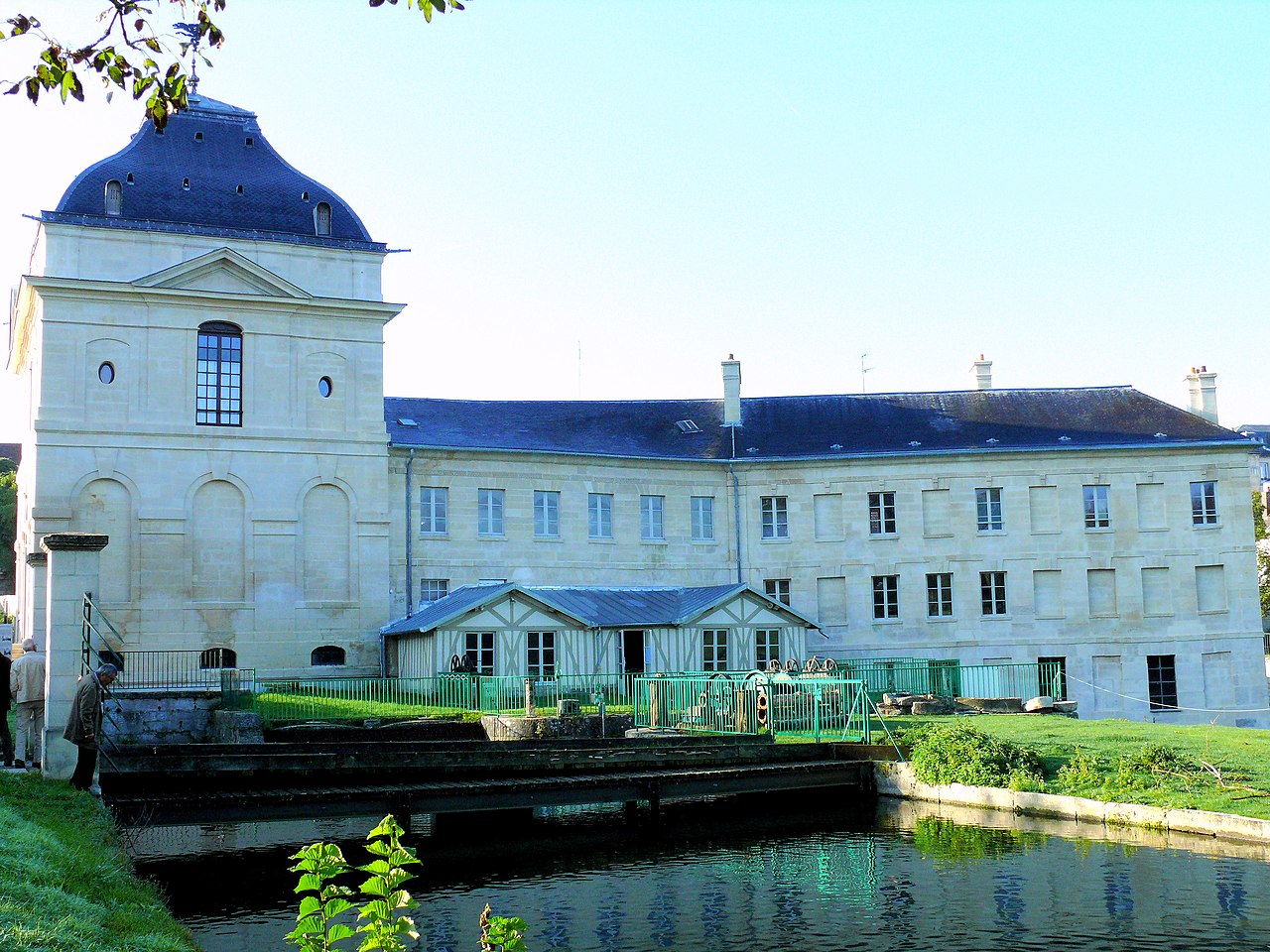
MOSSOT- Wikimedia Commons
The next morning I decide to explore the actual town of Chantilly and I head off to Rue du Connétable, where there are many specialist food shops to enjoy. I definitely don’t want to miss La Passion du Chocolat, a wonderful shop full of all my favourite things. I find it quite easily and spend a very happy half hour in there.
After my chocolate fix I go looking for the Musée de la Dentelle where I learn about the fascinating history of the town’s distinctive black lace.
After this I want to fit in one more thing before my time in Chantilly is up, and I head to the Pavillon de Manse. This was the engine room of the hydraulic system which operated the Château de Chantilly’s fountains and water displays from the 17th century onwards.
Afterwards, as I sit in a nearby café with a large glass of wine, I reflect on what a wonderful weekend I have had. Chantilly is truly a delight to explore.
Looking for more travel inspiration?
France Today is the world’s leading travel and lifestyle title about France, with a magazine and website that appeal to Francophiles around the globe.
Lead photo credit : ignis- Wikimedia Commons
Share to: Facebook Twitter LinkedIn Email
More in Chantilly, Hauts-de-France, Travel

